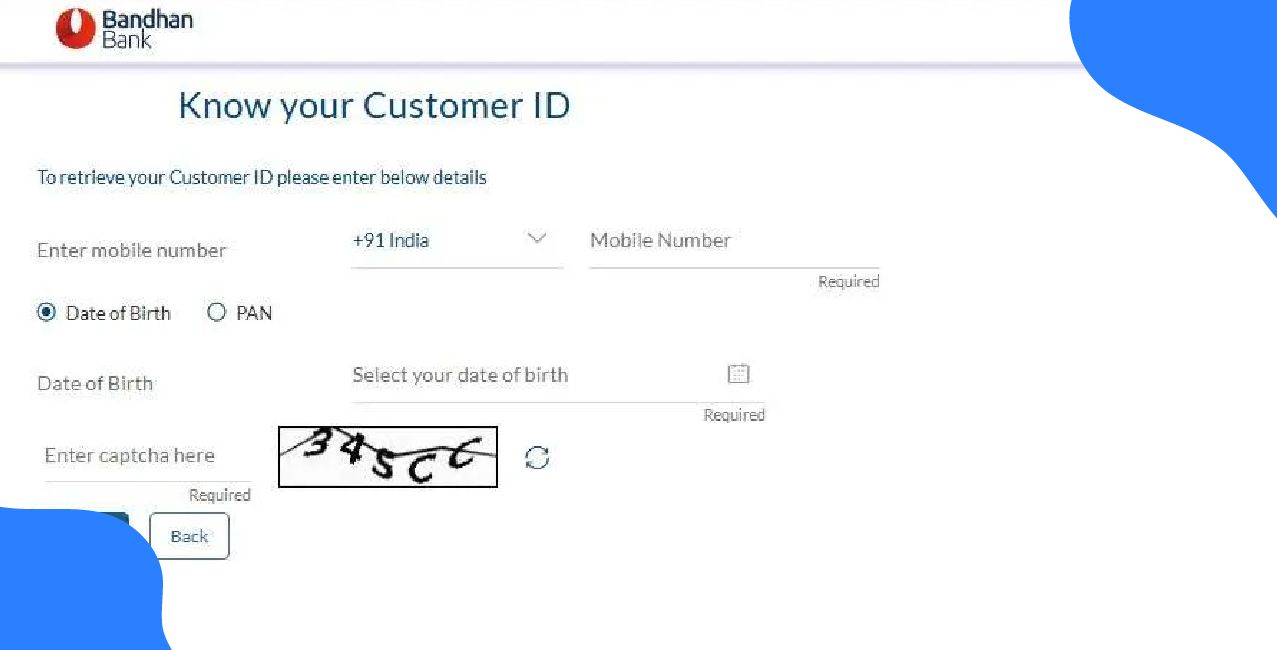
Author
LoansJagat Team
Read Time
5 Min
04 Jul 2025
Credit Utilisation Ratio: Why It Matters Before Taking a Loan
Have you ever felt confused about why your loan got rejected even though you pay on time? This happens more than you think. You may have a steady job, a good salary, and no delays in credit card bills, but the bank turns you away.
Often, the reason is your credit utilisation ratio (CUR). It’s not just how you spend, but how much of your credit limit you use. And in India’s growing credit culture, this ratio can quietly affect your loan chances more than your CIBIL score.
Today, people use credit like never before. This year, India’s total credit card transactions crossed ₹1,84,000 crore in one month. So yes, credit cards are not a luxury now; they’re daily tools. But using too many of them is like eating too much salt. It looks harmless until your BP goes up.
What Exactly is the Credit Utilisation Ratio?
In very basic terms, credit utilisation is how much credit you use compared to what’s available.
For example, if your credit card limit is ₹1,00,000 and you’ve spent ₹30,000, your CUR is 30%.
Formula:
(Total Outstanding / Total Credit Limit) × 100 = CUR%
But why does it matter? Let’s say your CUR is 70%. That means you’re using most of your limit. Lenders get nervous. They think: “This person might be under financial stress. Will they pay us back?”
If you have never missed a payment, using too much credit can still drop your CIBIL score. That’s why most advisors suggest keeping CUR below 30%.
Why It Affects Your Loan Chances More Than You Realise?
Think of a home loan or car loan. Banks check your credit report. A high CUR can show up like a red flag even if your score is okay.
Let’s take a look:
Lenders don’t want you to be too close to your credit ceiling. It shows poor credit habits. They prefer people who borrow less than they can.
Let’s break it down further.
How does it Affect Your CIBIL Score Directly?
Here’s what many people don’t know. CUR contributes up to 30% of your credit score calculation. Even if you never missed an EMI, high CUR can pull your score down.
Also Read - How to Increase CIBIL Score
Example: Akash from Delhi
He had:
- Card 1: ₹1,00,000 limit, ₹50,000 spent
- Card 2: ₹50,000 limit, ₹30,000 spent
- Card 3: ₹1,50,000 limit, ₹70,000 spent
Total limit = ₹3,00,000
Total spent = ₹1,50,000
CUR = (₹1,50,000 / ₹3,00,000) × 100 = 50%
Even though Akash paid on time, his CIBIL dropped from 785 to 710 in 3 months. Why? His utilisation crossed the safe limit.
How to Lower Your Credit Utilisation Ratio?
No magic tricks. Just small changes in your spending habits.
1. Increase your credit limit (without spending more)
Yes, request a limit hike. Most banks allow this if you’ve been a good customer for 6–12 months.
2. Pay multiple times in a month
Pay in parts every week instead of paying once before the due date. It brings down the average CUR before it gets reported to credit bureaus.
3. Split spending across cards
Don’t overload one card. Distribute expenses evenly.
Here, the CUR per card stays healthy. And overall, CUR remains 20%.
4. Convert high spends to EMIs
If you've already spent too much, convert to EMI. It may slightly increase interest, but your CUR drops.
When is the Right Time to Check Your CUR?
Read More - The Impact of Late Payments
Right before applying for:
- Personal loans
- Home loans
- Car loans
- Credit cards
Keep your CUR low for 3–6 months before applying. Lenders usually pull your credit report from last 6 months’ activity.
Don’t Confuse Credit Utilization with Debt
CUR is not about how much you owe. It’s about how much of your limit you use. Even someone with zero EMIs can have a bad CUR if they max out credit cards often.
Let’s say:
Home loans don’t affect CUR. Only revolving credit like credit cards and overdrafts affect it.
Why CUR is Important Even if You're Not Taking Loan Now?
Good habits today make it easier to get loans tomorrow. Credit report keeps history of your CUR. Sudden spike before loan application? Bad sign.
Also, low CUR often gets you pre-approved offers. Better interest rates. Faster processing. Banks love disciplined borrowers.
Avoid These Mistakes That Raise Your CUR
- Using a credit card for everything just for rewards
- Ignoring the limit on add-on cards
- Forgetting automatic bill payments
- Not checking available credit before big purchases
Some Quick CUR Scenarios
Conclusion
Your credit utilisation ratio may seem like a small detail, but it greatly impacts your loan approval chances. Even if you pay on time, using too much of your credit limit can hurt your CIBIL score and make lenders think you’re financially stressed.
By keeping your CUR below 30%, spreading out your spending, and paying in parts, you can build a stronger credit profile. Whether you plan to take a loan now or later, managing your CUR smartly is one of the easiest ways to stay loan-ready and financially healthy.
FAQs
1. Does credit utilisation include debit card usage?
No. Debit cards use your own money, not borrowed credit. They have zero impact on CUR.
2. Is 0% credit utilisation better than 10%?
No. Lenders want to see you use credit wisely. Keeping 10-20% CUR is better than using nothing at all.
3. Can closing an old credit card hurt my CUR?
Yes. When you close a card, your total credit limit drops. That increases your CUR automatically.
4. How often does CUR update in my credit report?
Usually once a month, when your bank sends data to credit bureaus. But timing varies by bank.
5. Does CUR affect business loans too?
Yes, if you’re applying as an individual or using your personal PAN. For registered firms, lenders look at business credit report separately.
About the Author

LoansJagat Team
‘Simplify Finance for Everyone.’ This is the common goal of our team, as we try to explain any topic with relatable examples. From personal to business finance, managing EMIs to becoming debt-free, we do extensive research on each and every parameter, so you don’t have to. Scroll up and have a look at what 15+ years of experience in the BFSI sector looks like.

Quick Apply Loan
Subscribe Now


